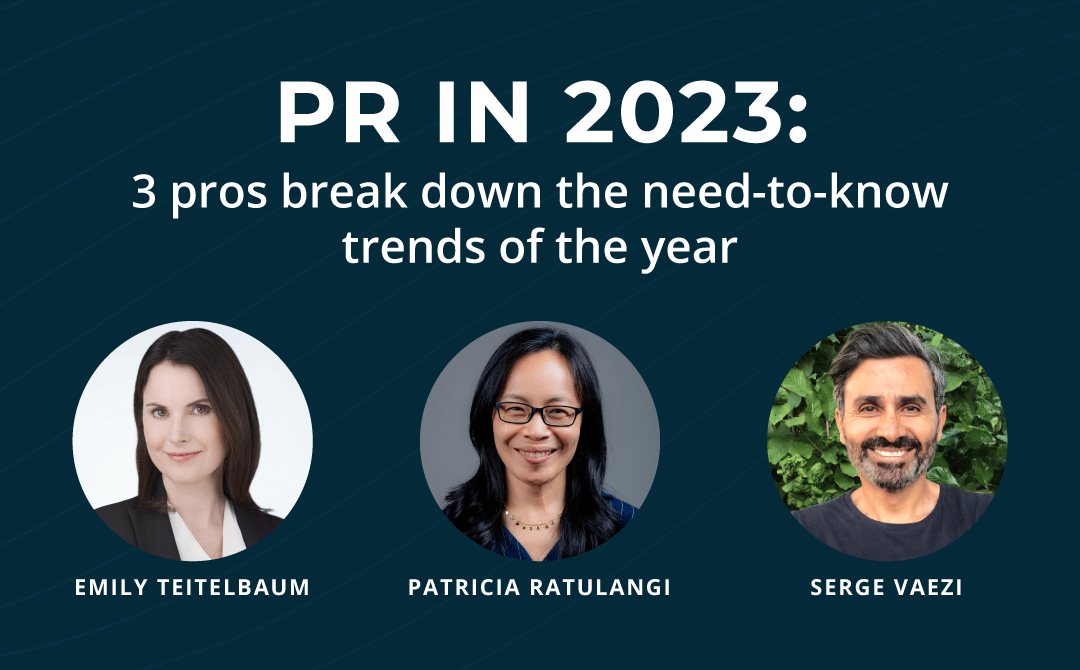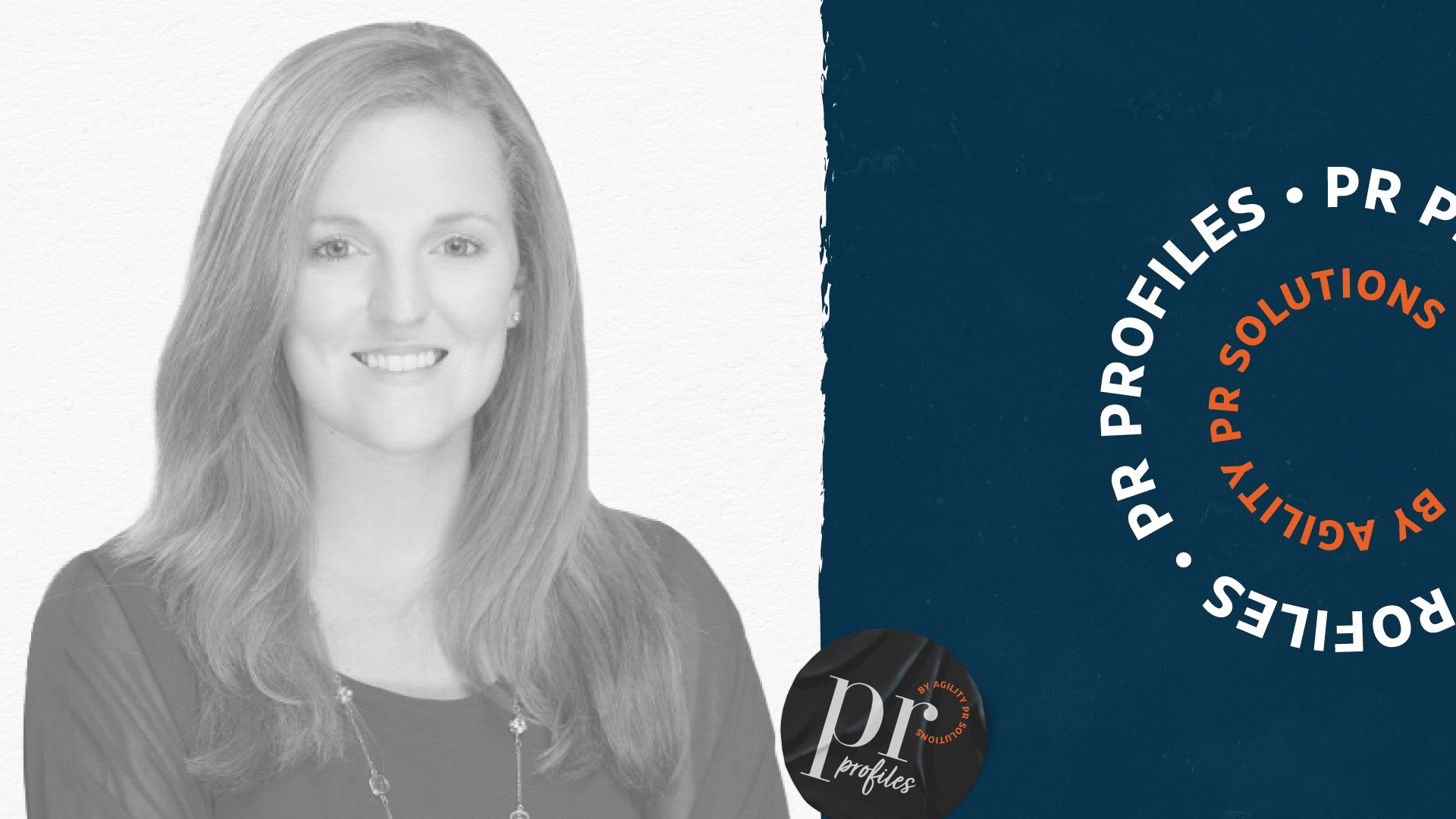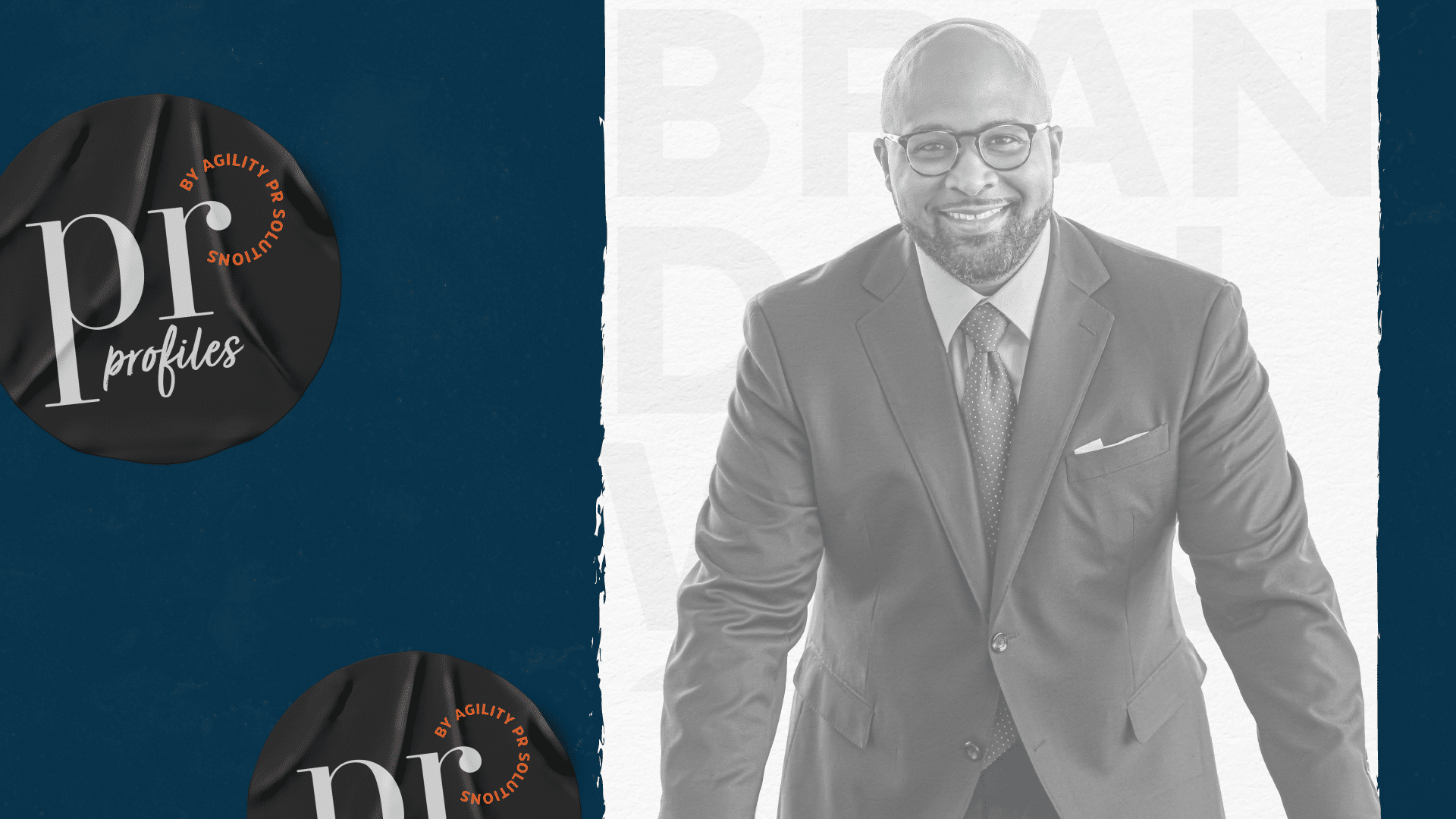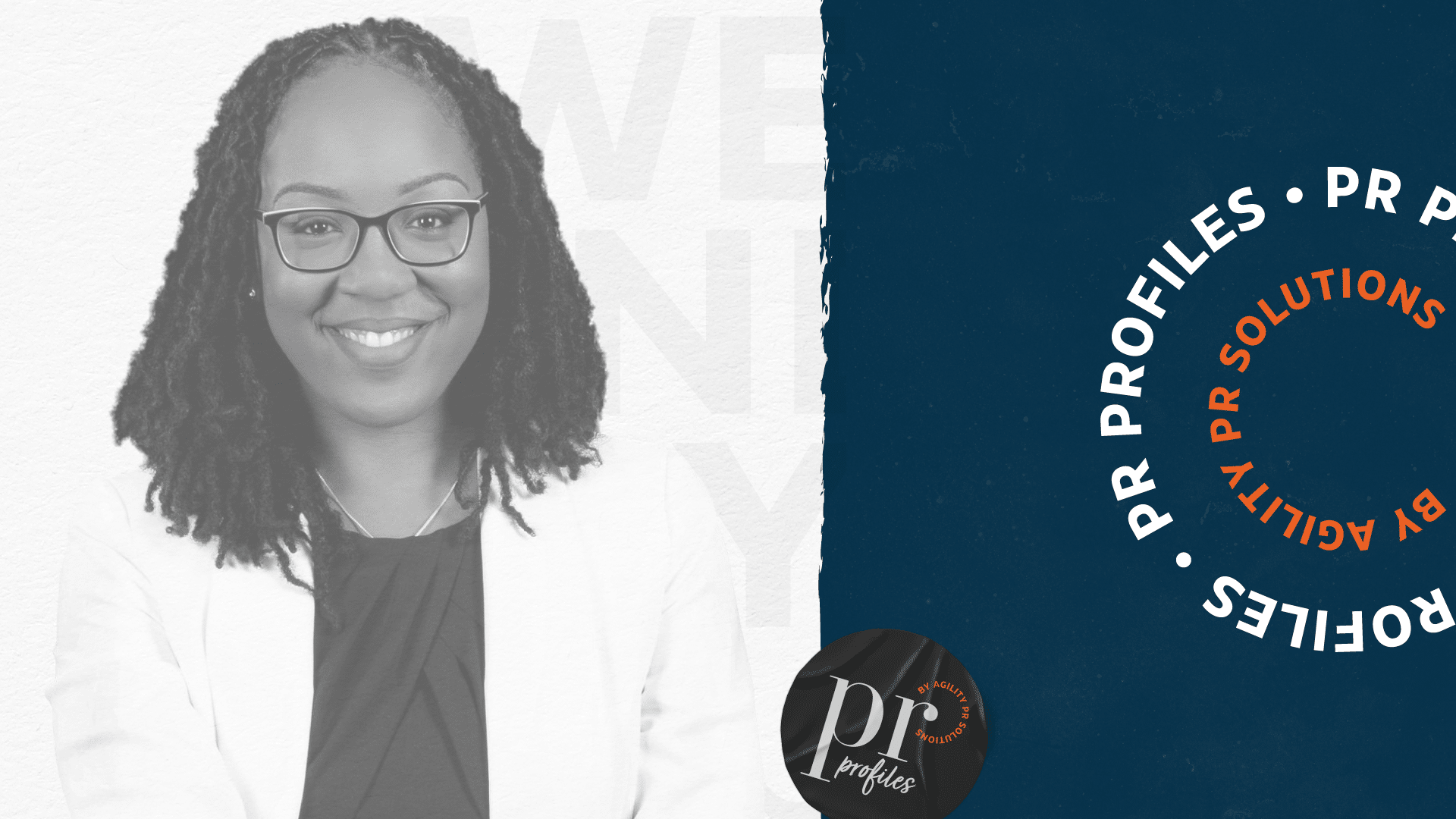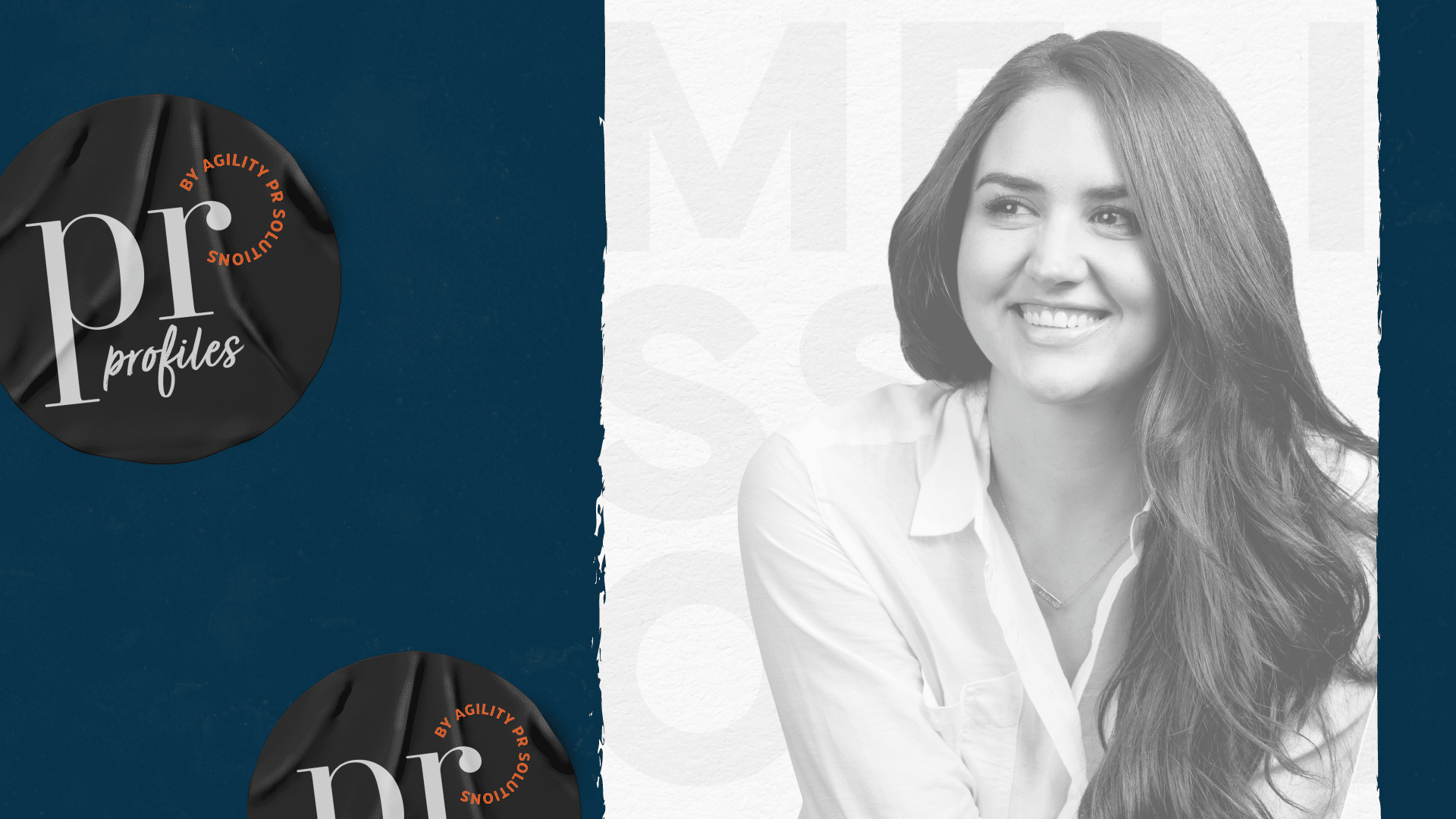We kicked off our 2023 webinar season with our annual PR trends panel. This year, we were lucky enough to have three industry professionals, representing agency and in-house, North America and the UK, join us for: “PR in 2023: 3 pros break down the need-to-know trends of the year”.
Our panelists were:
- Emily Teitelbaum, Chief Communications Officer, Libra Group
- Patricia Ratulangi, VP, Global Communications – Diversity, Equity & Inclusion, Nielsen
- Serge Vaezi, Co-Founder and Creative Director, Seven Communications
Here’s a breakdown of some of the trends our panelists discussed:
Purpose in PR
“Purpose” was a 2022 buzzword, which should come as no surprise since consumers and stakeholders started demanding that companies step up and offer solutions to urgent challenges, such as climate change, social justice, cost of living, and divisive topics like abortion rights and gun control. Companies have answered these demands by putting forward purpose-driven communications campaigns—though many fail to land. “The market has been really saturated with purpose stories and as a result, there’s a lot of innate fatigue,” says Emily. “I think that all of us constantly see these really big commitments go out with a high monetary value but with an ambiguous long-term goal.” Emily says that for these types of campaigns to be successful they need to be “part of a long-term strategy that aligns to our business” and authentic. “When I say authenticity, I mean making a business case for a sustainability or a purpose initiative that aligns to something bigger than just one announcement.”
Pat shares similar views on purpose, which she believes must be directly linked to the mission of the company. Pat says for Nielsen, particularly in DEI, “There’s this beautiful intersection of what we do as a business, but also meeting the needs of customers, and also, meeting the needs of the advocacy groups that are trying to increase representation to do good by the identity groups that they reflect, and they represent.”
Serge’s perspective differed from his fellow panelists. “I’d say clients come to Seven to say, ‘how can we become famous for something that gives our brand a competitive advantage and what can we do with purpose to help us do that?’”. Serge thinks people get purpose wrong because they choose a purpose that is not aligned with their competitive advantage. “There’s no point them going off and saying, ‘we’re going to help cure some disease or do something with poverty’. It doesn’t relate to their product, and it doesn’t actually convey the advantage that they need to be communicating. And I think that’s the thing people are getting wrong with purpose. That’s why a lot of the research is coming back, suggesting that purpose isn’t achieving the sales that businesses hoped it might do.”
“Glocal” PR
PR in a global environment was a topic brought forward for discussion by all three of our panelists. Reaching global audiences is a huge branding opportunity—and one of PR’s biggest challenges as there’s a continued necessity to make sure that communications are suited to the community they’re intended to reach.
“I think the important buzzword… is glocal. Thinking globally, acting locally,” says Pat. Upon receiving feedback from Nielsen employees that “We need to go more global in terms of our thought leadership,” the DEI research team conducted their first international study in nine markets around LGBTQ perceptions and audiences when it came to media. “Even though the research came at it from a global perspective, we had to rely on our PR teams on the ground in each of those nine markets to interpret the data in a way that made sense for where they are.” Pat continues, “This is something that as PR professionals we need to be aware of—data for data’s sake doesn’t make sense. You really need the stories, the customizations, the reasons why those things would make sense within the local areas for it to be picked up.”
Emily agrees. “I think Pat is spot on,” she says, adding, “In my case, we’re trying to weave in specific emotive anecdotes about impact or a sector that are going to be compelling and will break through and be the ‘so what’ for our audience so they want to read more and learn about us, and then we tie it to global issues like supply chain crisis, which impacts everybody no matter who you are.” Emily continues, “I think something that Pat mentioned that’s really important is being really sensitive to localities and to what the perspective is on the ground. So, having your finger on the pulse of what’s happening in a market so that we know that if there’s a hurricane in Florida, we shouldn’t tell a story about our Jones Act shipyard in Florida or ask them for anything. It’s being clear that you understand the locality and then you can show up in a more authentic way.”
Serge brings up the point that a centrally developed campaign meant to have global appeal is ineffective. “I think getting research and data on what’s going on globally is one thing. I think developing campaigns centrally that you intend to work in lots of other markets is… always based on economy. It’s just cheaper to do it that way. It’s definitely not more creative or effective.” He adds, “The problem is that there are such complex local nuances as well as the vagaries of the news and social cycle that’s happening on the day that it’s so ineffective to develop a global campaign that you think is going to be really effective compared to a campaign developed by local team on the ground who know that people are interested in what they’re talking about.”
Authenticity through diversity and representation in PR
Authenticity may be another buzzword but that doesn’t make it any less essential. There are two sides to the authenticity coin, at least when it comes to telling stories: the media side and the PR side.
The media side
As PR professionals, it’s important to work with reporters who understand and are aware of the community narrative in local journalism. Pat agrees, saying, “In terms of trying to tell the narratives in a way that resonates best and engaging reporters—as PR professionals—who are able to then turn and make the stories more relevant to the audiences that they speak to based on their publication and where they’re located.” Pat shared the following example to emphasize her point: “With the recent shootings in California, there was a story in The L.A. Times this morning done by four reporters—who are all Asians—who spoke to an issue that I think many of us were responding to on social media, but I didn’t really see in the public media until today. And that was the idea of the perpetrators of both of those shooting were Asians. ‘What’s going on? Why are Asians attacking Asians?’ was the conversation, but there was a lot of, ‘You are not Asian, you don’t understand’. Or if someone who wasn’t Asian, it’s like, ‘Why is the Asian person doing this to others? Stop making it all about hate because it’s also people like you’. And the narrative that emerged from this story was about the loneliness, the immigrant mentality, the Asian tendency to bottle it up, to be stoic until you can’t hold onto it anymore. And I would say that that story would’ve been hard for a reporter who wasn’t Asian to explore. That’s why it’s important to have journalists and to work with journalists who can understand that nuance and are able to tell and own that narrative.”
In Serge’s opinion, “One of the great things that social media’s opened up and influencer work has opened up is the ability to be both super hyper-local, because you can talk to really, really tiny communities, but also to use spokespeople who they resonate with and are influenced by,” says Serge. “I think it’s really important. It’s the only way to be genuine and authentic.”
The PR side
On the PR side of things, Pat says, “It’s important for us to have PR and marketing and advertising pros who are representative of our groups because we are the storytellers, we are the people who need to engage audiences, customers, and clients, and so forth to help brands represent us.”
Serge agrees with Pat’s sentiment, sharing, “I think that it’s so vital for a creative agency to have real diversity in all its shapes and forms because all the ideas are not in one brain. You don’t know what you don’t know. If we are talking to audiences, we need to make sure we understand what resonates with them and you can only do that through diversity.”
The future of AI in PR
One of the final topics discussed by our panelists thanks to a question from an attendee during the live Q&A was around the use of artificial intelligence in the PR industry. Serge and Emily both had positive views to share on the matter. “I think ChatGPT is going to be really, really useful to help us do some of the more manual, labor-intensive elements of our jobs and allow us to focus on the more creative and strategic things that robots—to yet—haven’t managed to completely crack to the same level as humans,” says Serge. “I don’t think there’s anything wrong with this. I don’t think it’s going to put anyone out of a job. I think it just frees up people to spend more quality time on the things that make a difference.”
Emily had a similar perspective, saying, “It could help us to imagine from different perspectives, to push our communications forward, and to free up a lot of more room to be more creative. So, I see it as essentially what could be a really strong building block on helping us to be more impactful to reach our audiences.”
Our panelists shared more insights than we could possibly cover in this brief overview so make sure to check out the on-demand webinar!

